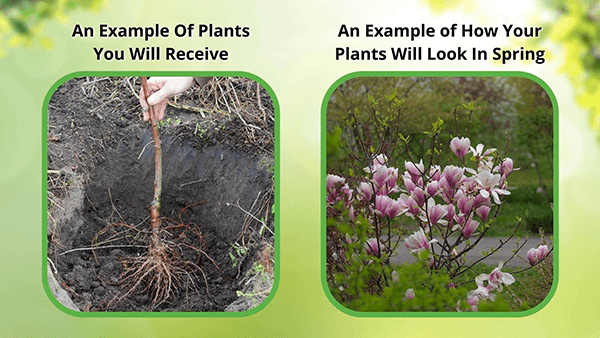



Removes & Absorbs Toxins
Improves Air Quality
Low maintenance & easy to grow
White Pine Trees - Pinus Strobus
The Eastern White Pine trees (also known as Pinus strobus), as its name suggests, is native to eastern and northeastern parts of the United States (also known as the northern pine and the Weymouth pine, among other names) as well as southeastern Canada, even stretching into the northern midwest in states like Michigan and Minnesota. Like other pines, it grows at a fast rate. However, White Pines grow faster than their pine counterparts, reaching upwards of 2 feet annually.
The Eastern White Pine Trees Characteristic
Pine tree leaves are dark green and needle-like. Mature trees can get as old as 200-300, sometimes as old as 400. The Eastern white pine has the title of being the tallest tree on the North American continent. It produces fruit in pine cones and is hospitable to various forms of wildlife, including but not limited to forest birds such as the red crossbill and small mammals and rodents like the squirrel.
A Popular Option for Holiday Decorations and Christmas trees
Among its wood's many uses are millwork, lumber, and construction. It also produces pine tar, which has many uses, but the most popular has to be its use in baseball among hitters looking for more grip on their bats. If you're looking for a pine with a classic shape, adding diversity to your landscaping repertoire or need a classic festive option for the holidays, look no further than these trees.
Hardy Planting Zone: 3-8 Bloom Season (if any): Spring (about April=May) Bloom Color: Various (Red, Yellow, Brown, Green) Height at Maturity: 50-80' (can grow upwards of 130' in the wild) Soil Type Preferred: Acidic, moist, well-drained, and dry soils (thrives in moist soil) Sun or Shade: Full Sun or Partial Shade (about 4 hours of sunlight per day is advised).
Pinus Strobus is For Sale At TN Nursery
This Tree is a true giant among evergreens. It is native to North America. You can expect it to grow many feet tall, making it very majestic. The needles are a distinctive, soft, bluish green color. It’s formally known as pine Pinus. This tree is actually quite resilient—it can even tolerate significant air pollution in urban areas. The White Pine Tree is prized for its graceful look and its quick growth rate.

This Is How Your Plants Will Look upon Delivery
Shipping date depends on the date displayed and chosen when you order from the product's page.
We do not offer warranties on products after 5 days past receiving your plants.
By signing up, you agree with our privacy policy.






